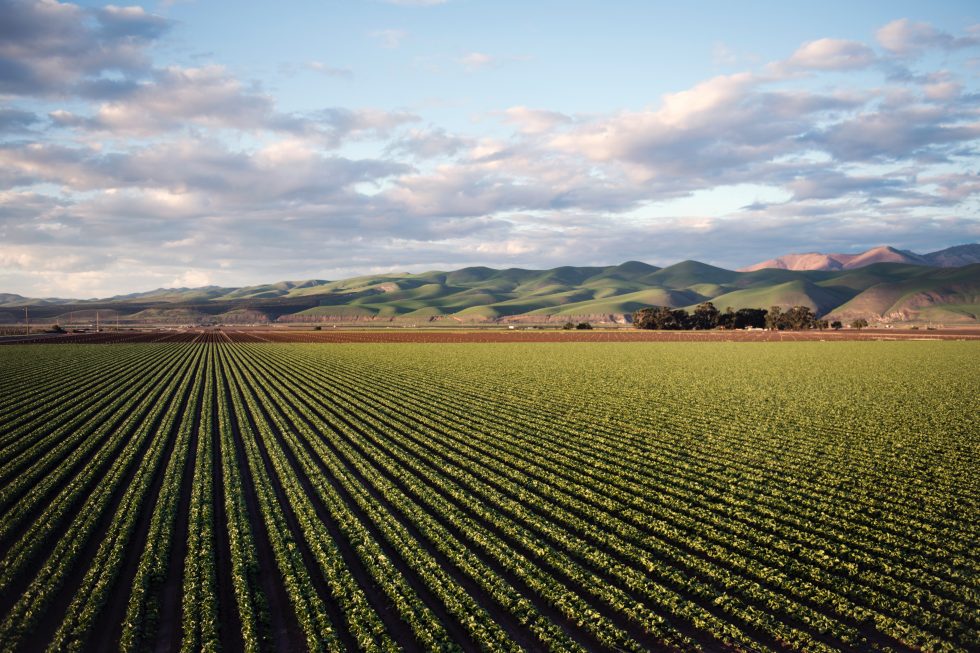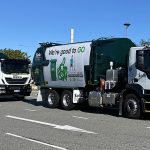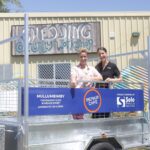Sludge Treatment Solutions that Provide Unique Agronomic and Environmental Benefits


Sludge treatment. Doesn’t sound very nice, does it? It’s not, but it’s our job as a professional waste management company to handle it responsibly. Here’s how we do it.
First, a little bit about what Sludge is, and how it is produced!
Chemical precipitation, sedimentation, and other primary processes produce primary sludge. Secondary sludge, on the other hand, is the activated waste biomass produced by biological treatments. Households and septic tanks also contribute to sludge production. Sludge generation cannot be prevented, and with stricter rules focusing on reducing nutrient emissions in effluents, sludge production will only rise. Due to concerns about leachate and gas emissions, landfill disposal of sludge is not a viable choice. With many traditional sludge removal and treatment methods under pressure and marine dumping being phased out, waste management services must concentrate on creative alternatives.
Sludge contains agriculturally important chemicals such as nitrogen, phosphorus, and potassium, as well as contaminants such as heavy metals, pathogens, and organic pollutants. Before discarding or recycling sludge, Solo Resource Recovery treats sludge utilising the following procedures to lower its fermentation propensity, water content, or the presence of pathogens.
Thickening: A gravity thickener is used to reduce the total volume of sludge to less than half of its original volume. The dissolved air floatation method is used to thicken sludge using air bubbles.
Digestion: Organic materials are decomposed into stable chemicals throughout this biological process. The method kills germs and facilitates dewatering. This two-stage process is accompanied by anaerobic metabolization by acid-forming bacteria, which hydrolyse large molecules and ferment them into smaller fatty acid molecules. The dissolved materials in the sludge are turned into biogas in a second tank. Anaerobic digestion is extremely temperature and acidity sensitive, necessitating careful monitoring and control.
Thermal hydrolysis is the second stage of the two-stage digestion process. Sludge treatment includes combining sludge with steam in a pulper. This hot, homogenised mixture is delivered into a reactor and kept under pressure. In the presence of oxygen, sludge treatment can be performed aerobically. For three weeks, the sludge is aerated in an open tank. Aerated sludge digestion does not produce methane gas. Approximately half of the organic sludge particles are converted to liquids and gases during the process.
Dewatering: Dewatering is accomplished by the use of sludge-drying beds. The digested sludge slurry is placed on a sand bed. The water is collected by a piping network created beneath the sand and pumped to the plant. A rotary drum vacuum filter is a great alternative to sand beds, which take up a lot of room. It takes up less space and provides more operational control.
Through anaerobic stabilisation, our sludge removal and sludge treatment technologies promote the recovery of useful materials from sludge, such as fertilisers and biopolymers.
Solo Resource Recovery’s waste management services ensure an environmentally and economically beneficial supply of energy through the use of biogas. Because stabilised sludge has no objectionable odour, it can be handled without causing nuisances or posing a health risk.
Treating sewage sludge and composted sludge
Because the sludge may include hazardous industrial chemicals, it is not spread on land where crops for human consumption are grown, and as a result this waste is often disposed of at a landfill. Composted sludge has a higher stable organic content due to the addition of a vegetable co-product. Agronomic benefits of composted sludge include improved soil nutrients and tree development. The use of sewage sludge in land restoration and revegetation helps to reduce soil erosion. Composted soil can be used to improve topsoil, especially in industrial settings where it may be affected by storage or handling and has a high toxicity and a harmful pH level.
Advanced sludge removal and sludge treatment methods
Solo Resource Recovery, the leading waste management company, uses improved sludge removal and sludge treatment technologies to improve efficiencies without requiring more land. Methods such as a ballasted flow reactor, which increases the settling rate of suspended solids by coagulating them with the help of polymer and sand. Integrated fixed-film activated sludge (IFAS) and biological aerated filters are two advanced sludge treatment processes included in our waste management services. Solo uses automation techniques, analytical instruments, and supervisory control and data acquisition (SCADA) systems to enable remote operations while minimising supervisory needs, and the cost to our customers.
If you require sludge or slurry treatment services, give Solo a call on 1300 GO SOLO to find out if this service is available in your area, or contact us here.
Related Posts

Published: October 1, 2024
Is Your Waste Management Performance Up to Scratch? Discover the Solo Difference
Read more
Published: August 15, 2024
Solo Invests in the Future: Company Expands Fleet with Hydrogen Vehicles
Read more
Published: December 15, 2023